craftsman trim
douglaspark
16 years ago
Featured Answer
Sort by:Oldest
Comments (12)
User
16 years agogeokid
16 years agolast modified: 9 years agoRelated Professionals
Corcoran Kitchen & Bathroom Designers · Bethpage Kitchen & Bathroom Designers · Four Corners Kitchen & Bathroom Designers · Pike Creek Valley Kitchen & Bathroom Designers · Saint Charles Kitchen & Bathroom Designers · Citrus Park Kitchen & Bathroom Remodelers · Garden Grove Kitchen & Bathroom Remodelers · Hanover Township Kitchen & Bathroom Remodelers · Hunters Creek Kitchen & Bathroom Remodelers · Omaha Kitchen & Bathroom Remodelers · Sicklerville Kitchen & Bathroom Remodelers · Sun Valley Kitchen & Bathroom Remodelers · Westchester Kitchen & Bathroom Remodelers · Saint Paul Architects & Building Designers · Washington Architects & Building Designersmyfoursquare
16 years agolast modified: 9 years agoterryr
16 years agolast modified: 9 years agoerinmn
16 years agolast modified: 9 years agojohnmari
16 years agolast modified: 9 years agojcin_los_angeles
16 years agolast modified: 9 years agobungalowbees
16 years agolast modified: 9 years agodouglaspark
16 years agolast modified: 9 years agoalohamillion123
16 years agolast modified: 9 years agoearthie
16 years agolast modified: 9 years ago
Related Stories
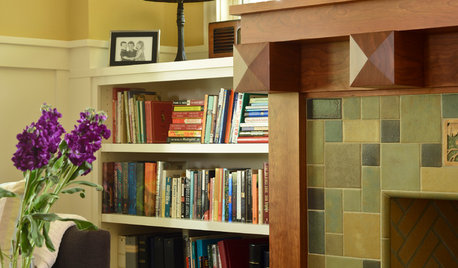
CRAFTSMAN DESIGN9 Beautiful Craftsman Touches
Embrace an Arts and Crafts design element or two to give your home natural appeal without a full-on overhaul
Full Story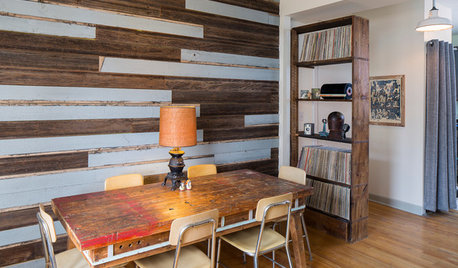
HOUZZ TVHouzz TV: Cool Reclaimed Wood Projects Fill a Craftsman’s Home
Using barn wood, beadboard and beams, this homeowner has crafted furnishings and features for his family’s Chicago home
Full Story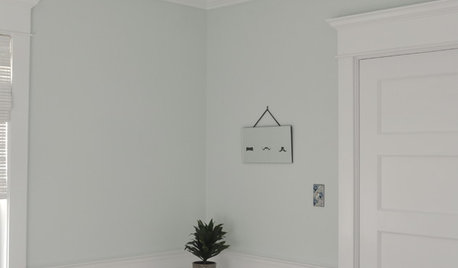
REMODELING GUIDESRenovation Detail: Arts and Crafts Interior Trim
Utilitarian doesn't have to mean afterthought with window and door trim that highlights finely crafted interior openings
Full Story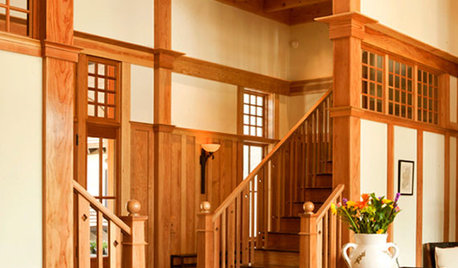
DECORATING GUIDESSo Your Style Is: Arts and Crafts
With a dual focus on nature and craftsmanship, Arts and Crafts home interiors have a wholesome, organic appeal
Full Story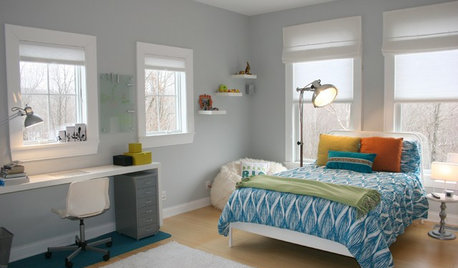
TRIMTrim Color Tips: Get Your White Trim Right
Set off wood tones, highlight architectural features, go minimalist ... white trim is anything but standard when you know how to use it
Full Story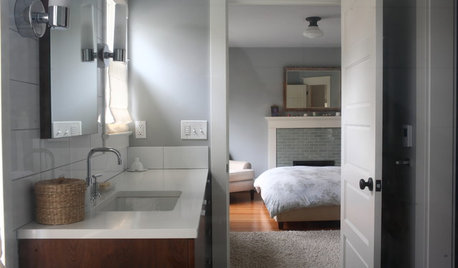
MY HOUZZMy Houzz: New Features for a 1912 Craftsman Gem
A decade of remodeling integrates modern styling into a Portland, Oregon, home for a family of 4
Full Story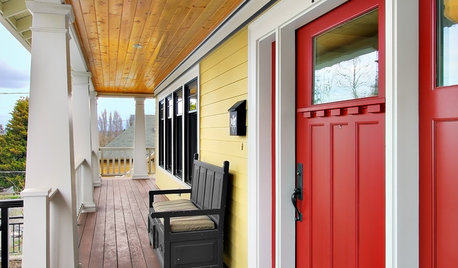
CRAFTSMAN DESIGNCraftsman Front Doors Make an Entrance
For curb appeal, warmth and natural light, consider a classic Craftsman-style door for your home's entryway
Full Story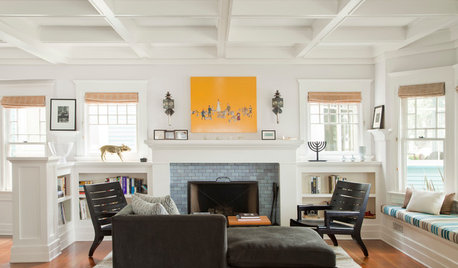
CRAFTSMAN DESIGNHouzz Tour: Bridging Past and Present in a California Craftsman
A Santa Monica bungalow says goodbye to gloominess and hello to a bright new look that mixes modern and traditional
Full StoryREMODELING GUIDESRenovation Detail: The Tapered Craftsman Column
Squared, simple and perfectly proportioned, tapered columns add Craftsman-style beauty to porches, porticoes and interiors
Full Story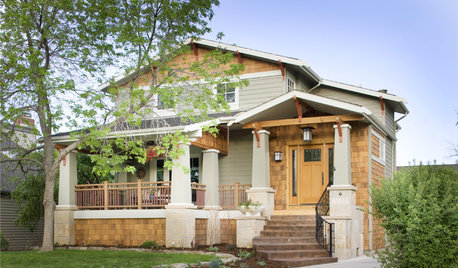
CRAFTSMAN DESIGNAmerican Architecture: The Elements of Craftsman Style
Proud of its handiwork details and with nature as inspiration, Craftsman architecture stands out for its purity of style
Full StorySponsored
Custom Craftsmanship & Construction Solutions in Franklin County
More Discussions









johnmari